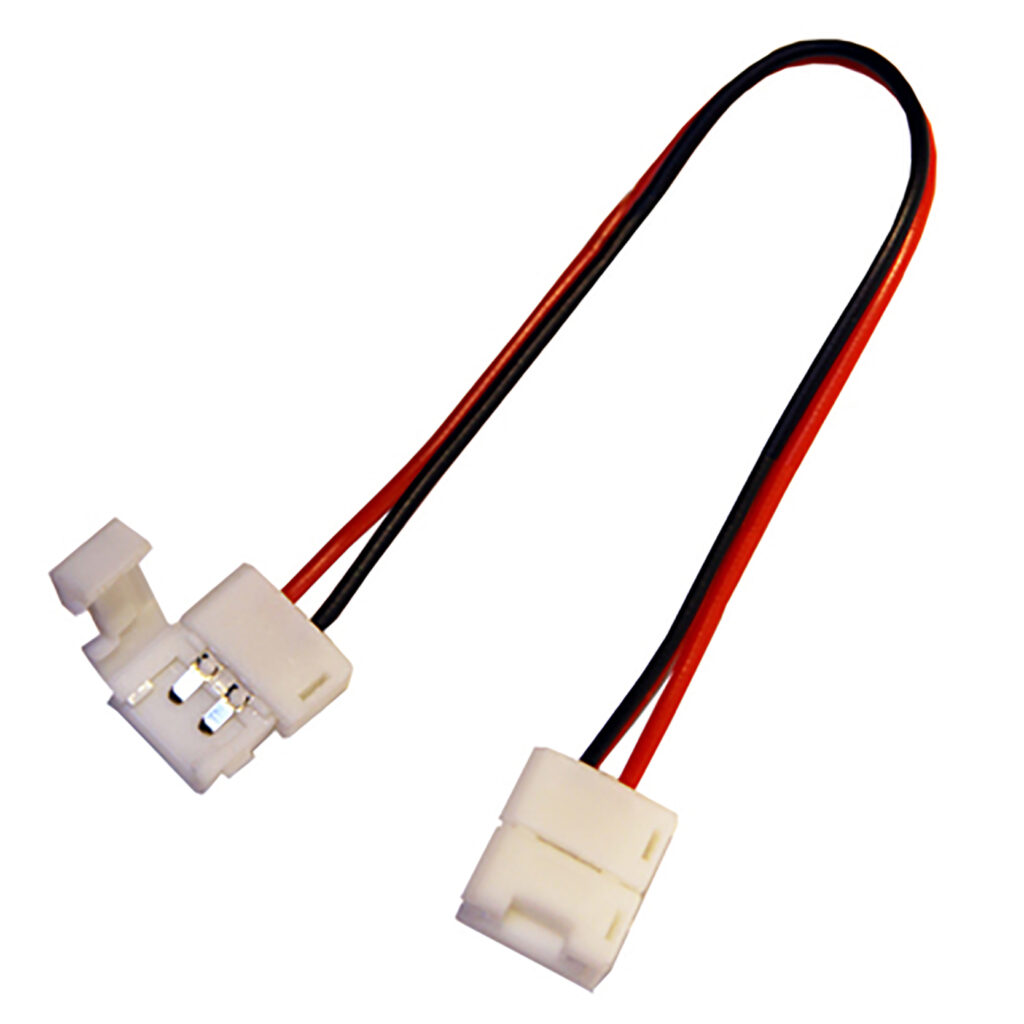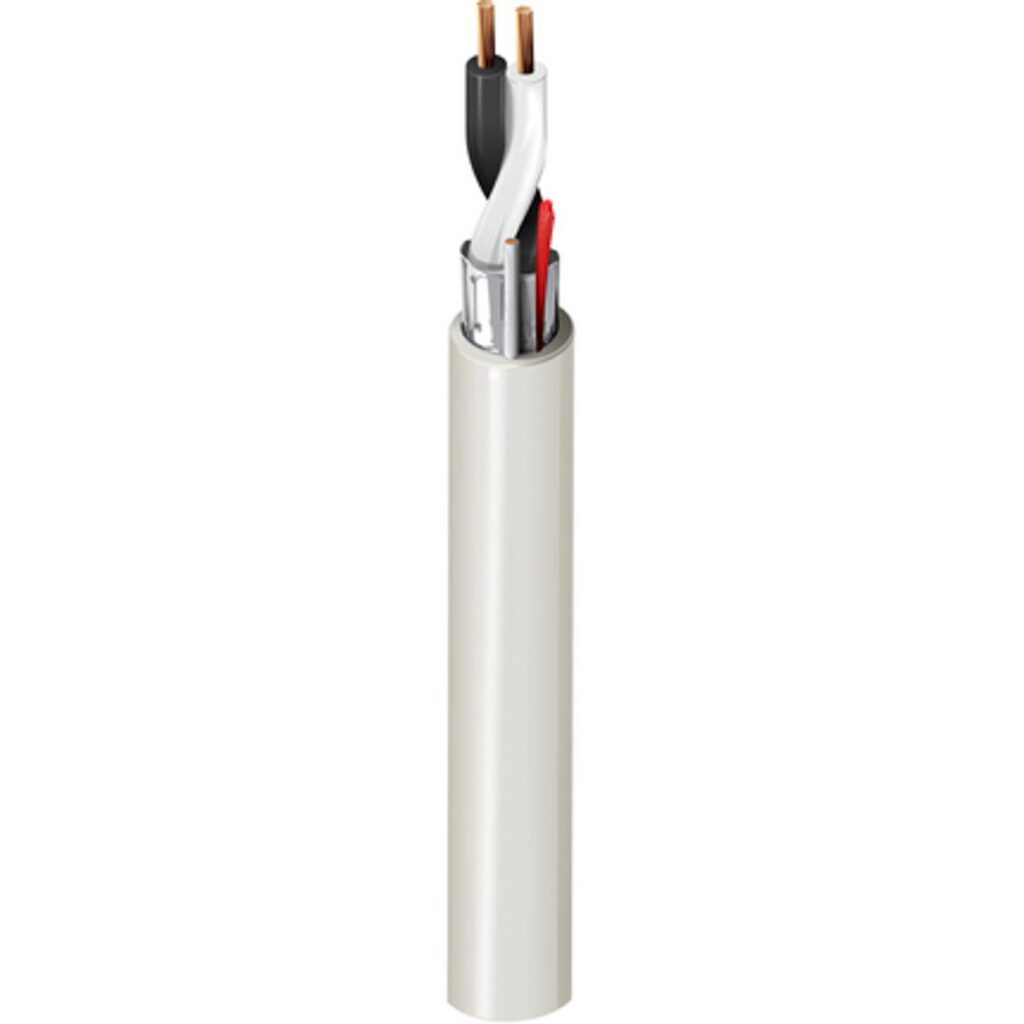
The Importance of Thermal Management in Electronic Systems
As electronic devices continue to shrink in size while increasing in functionality and power output, thermal management becomes a vital design consideration. Overheating not only reduces the efficiency and lifespan of components but can also lead to failure in mission-critical applications. This is especially true in high-power LEDs, power supplies, automotive control systems, and communication devices where thermal regulation directly impacts performance and safety.
To mitigate this challenge, engineers often rely on thermal interface materials (TIMs) such as pads, pastes, and gap fillers. One of the most trusted names in this domain … Read more




